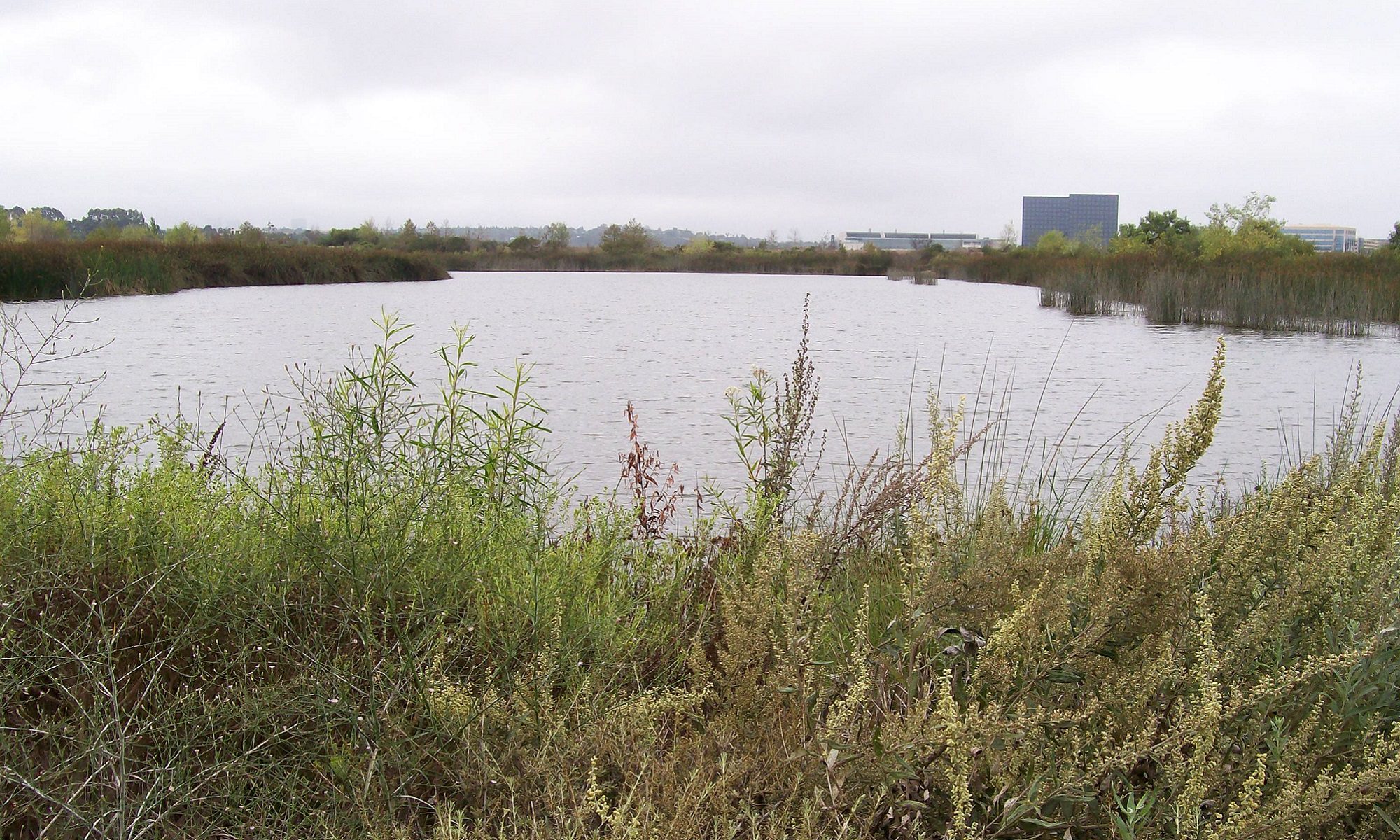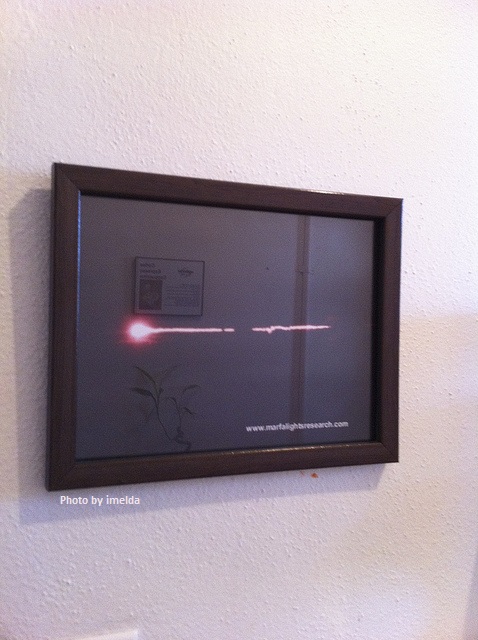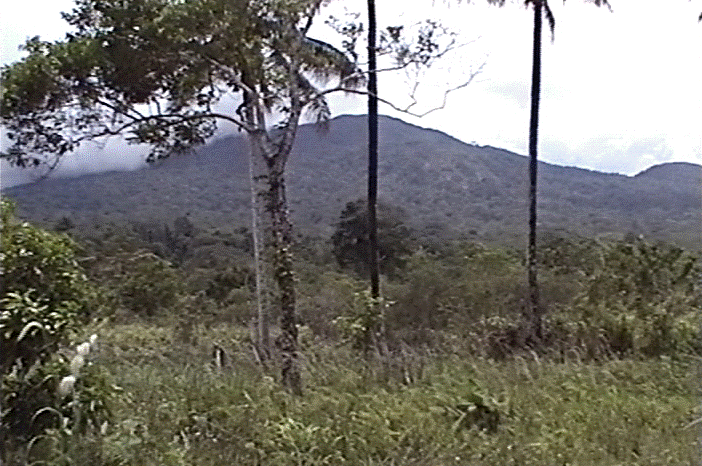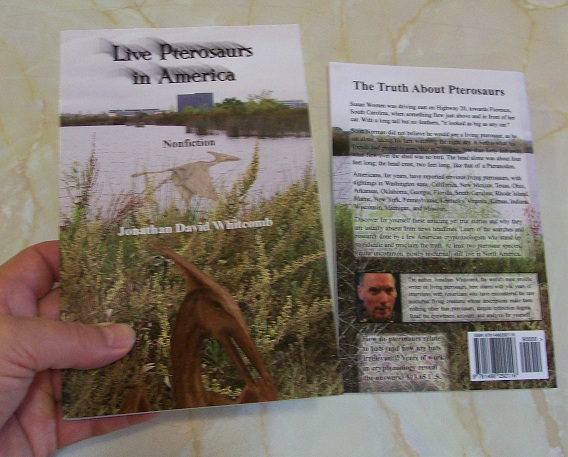Glowing Pterosaurs in Papua New Guinea
I took the flight from Los Angeles International Airport ten years ago tomorrow, to eventually arrive in Papua New Guinea, to search for ropens. How did the living-pterosaur expeditions in those remote tropical rain forests promote awareness that similar flying creatures live in the Americas? That deserves attention.
That expedition in Papua New Guinea required many months of preparation, but when I returned to the United States, early in October of 2004, I was ill prepared for the next few years, when I would get many sighting reports of apparent American ropens. Few persons should have been less shocked than me, to learn that similar flying creatures live in the USA, yet it took some getting use to, for I was still a child of Western culture and our part of this wonderful world, the American part, appears so scientific, so undragonish.
How could it be possible for a real dragon, on any night it chooses, to fly over the Smithsonian castle in Washington D.C.? The most popular science fiction movies show pterodactyls (none of them glowing with any bioluminescence) flying over the most remote tropical rain forests of the planet. Nonetheless, which is more believable:
- Dinosaurs and pterosaurs from eggs laid in nests in wilderness areas?
- Dinosaurs and pterosaurs extracted from ancient blood in mosquitos?
I choose well-hidden eggs, for no miraculous DNA magic-manipulation is needed for those little darlings to hatch and grow. At least for some species of pterosaurs, it’s much easier to believe in natural nocturnal flying creatures, glowing in the sky and causing ancient people to write about fire-breathing dragons.
Kept in a Corner of Earth or Flying Around the World?
So how exactly do you prevent a large flying creature from spreading out across the globe over a period of thousands of years? You don’t. Some butterflies get blown across a sea or even an ocean on occasion, and some birds navigate across much of the earth, in extraordinary migrations. A large dragon can certainly do the same, and flying dragons have swept across worldwide human cultures, through countless stories, for countless centuries. Don’t even think about trying to hold one of them down on the ground in Papua New Guinea or in any other island or continent in the southwest Pacific.
.
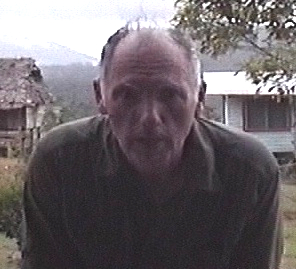 Jonathan Whitcomb on Umboi Island
Jonathan Whitcomb on Umboi Island
 Sling shots, gifts for villager leaders
Sling shots, gifts for villager leaders
###
.
The moon had already gone behind the trees, by the middle of that night a week ago Monday, so Mr. Slack and his buddy searched the sky for the Andromeda Nebula. This required using a low-magnification eyepiece, fortunately, to locate that galaxy, allowing the amateur astronomer to see the flying creature sweep through the field of view.
Ropen Only Extinct on Wikipedia
Regarding the definition of “ropen,” that encyclopedia-dictionary quotation is outdated. In my nonfiction Searching for Ropens and Finding God, it is defined thus: “A modern pterosaur with Rhamphorhynchoid characteristics.”
Destination Truth Ropen Episode
These great winged beasts — which possess leathery wings, a flanged tail, teeth-lined beaks and razor-sharp claws — are reputedly nocturnal . . .
